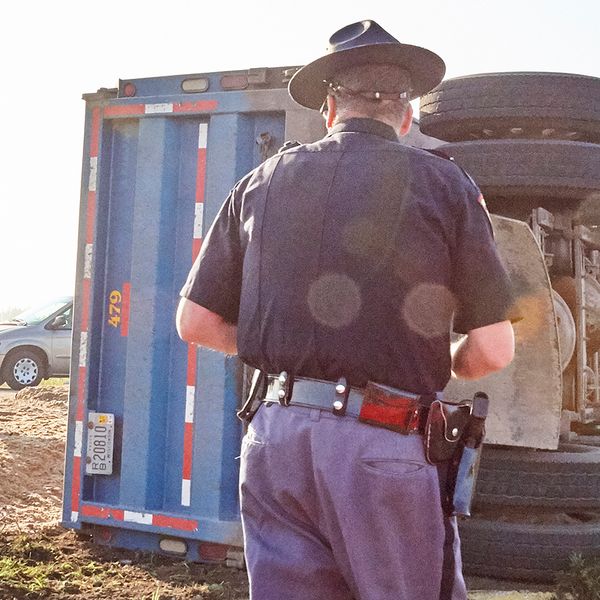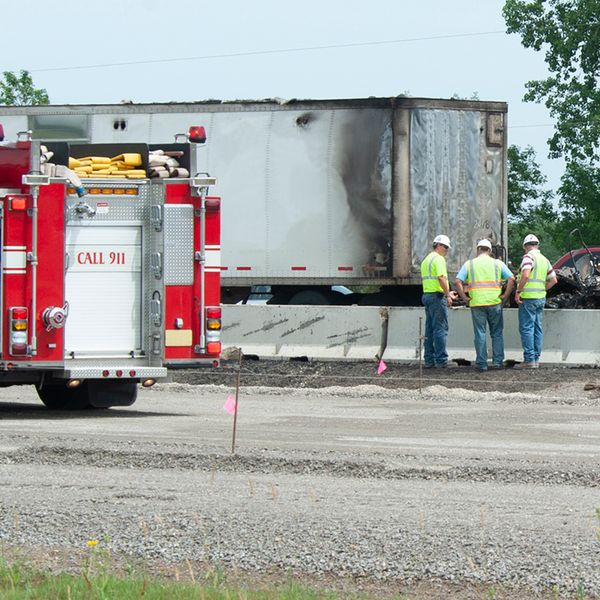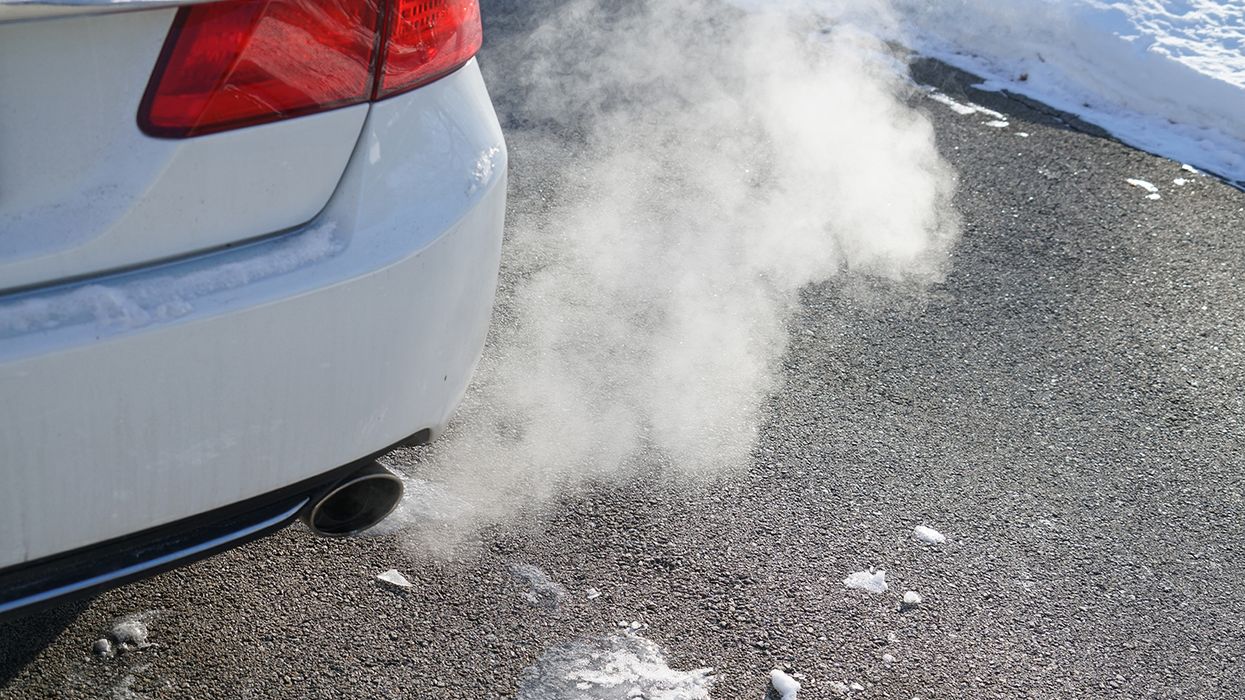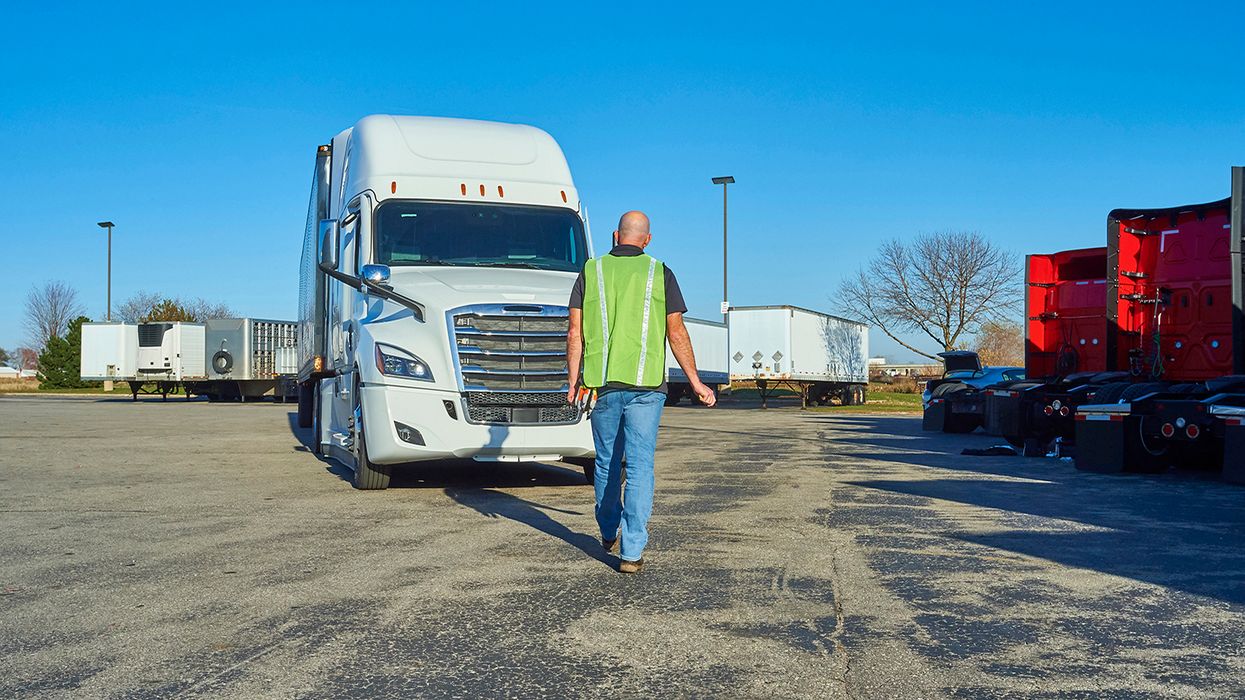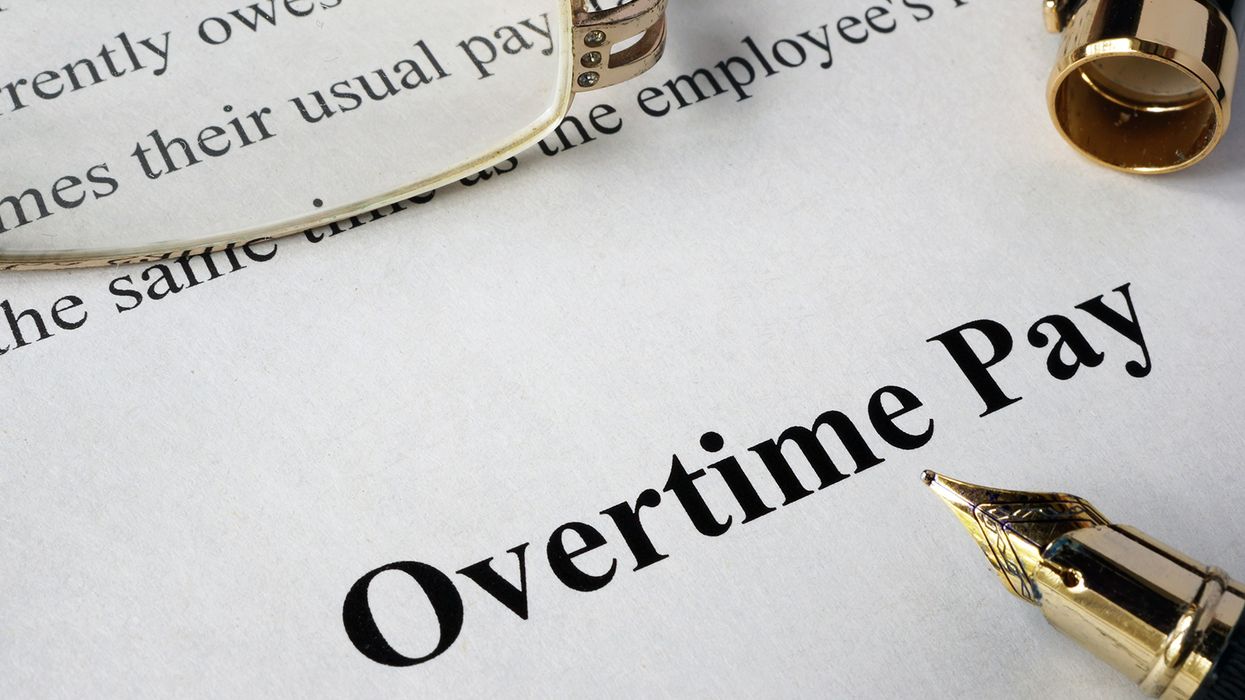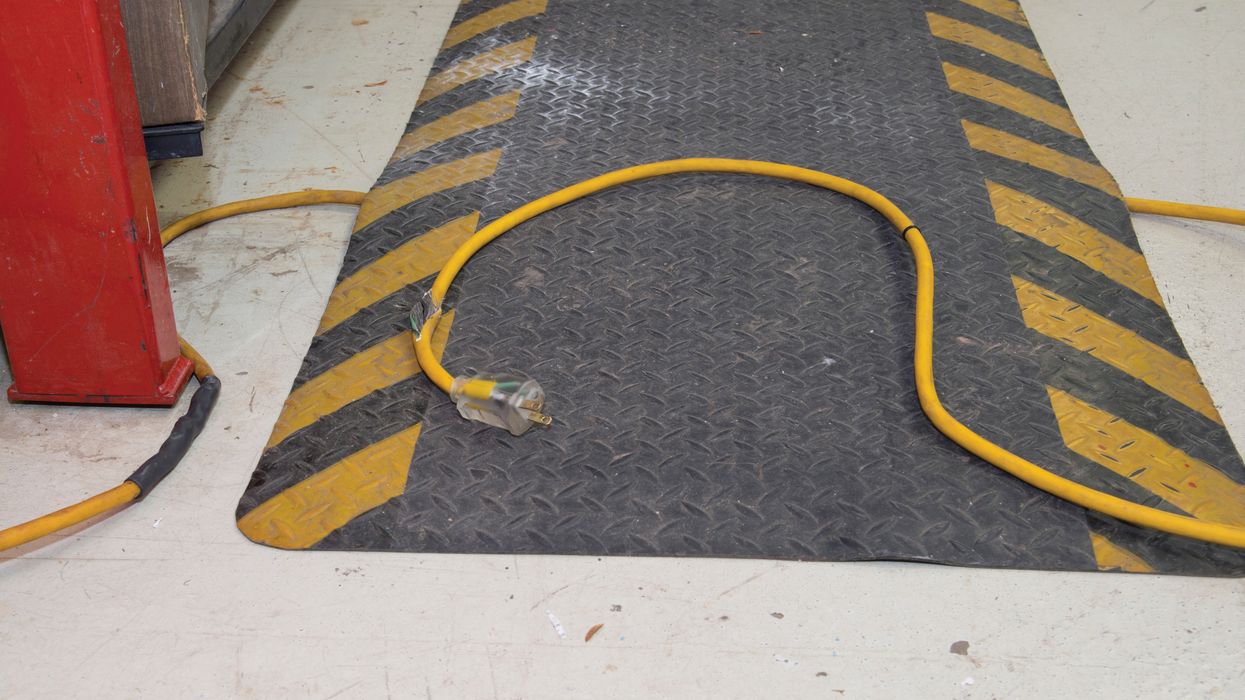Five legal terms that can sink you in a lawsuit
Trucking companies risk being accused of negligence following a serious crash involving their commercial motor vehicle (CMV) and driver.
It’s important to understand what you might be accused of and how your business practices can help counter these claims in a court of law.
Laying the legal foundation
Negligence can be boiled down to “breach of duty.” In other words, the employer didn’t practice due diligence when they had a duty to act, making them negligent.
Some of the more common legal terms associated with negligence include:
- Negligent entrustment: This occurs when one party negligently provides another party with a dangerous instrument, such a car, CMV, or weapon, and the “entrusted” party causes injury to a third party. In the case of negligent entrustment, the lender has actual knowledge or should have known the party was not qualified to use the “instrument,” and the incident was a result of the entrusted party’s negligence.
- Respondent superior: This is the entrusted party who is using the company’s equipment (or USDOT number). The party doesn’t have to be an employee. It may be a contractor such as an owner-operator or an employee from a staffing service. Basically, a motor carrier is responsible for the behavior of an employee during employment (or contract) with them.
- Negligent hiring: This occurs when an employer doesn’t thoroughly screen an applicant or ignores red flags, and this employee causes harm to someone as the result of a poor background investigation or lack of due care in finding out a party’s credentials and abilities.
- Proximate cause: An attorney will use the “but-for” or proximate cause litmus test to determine if there was a direct link between the driver’s incompetence/negligence and the actual accident, and whether it was foreseeable.
- Negligent supervision: The employer failed to provide a level of supervision that a reasonable, careful person would do under the same circumstances, resulting in dangerous, harmful, or offensive employee conduct.
Policies and procedures under scrutiny
As lawyers apply these legal principles, they will likely review a motor carrier’s policies and procedures and ask:
- Do the standards meet all applicable safety regulations at time of hire and throughout the driver’s career at the company?
- Are the policies enforced consistently? If it’s found that motor carrier officials ignored or made exceptions to the policies, it will not look favorable to jurors.
A complainant’s attorney will ask to see the driver’s records, such as driver qualification file, DOT testing information, hours-of-service compliance, roadside inspection history, training, and so forth.
If the plaintiff can easily find a blemish in the driver’s past or a lack of training or licensing, the motor carrier should have been aware of it through its internal processes. And this claim will undoubtedly be made in a court of law.
But lawyers will find it hard to discredit a carrier if their policies and procedures are rock solid. The policies and procedures should document a standard way of doing something, expectations, what they will and will not allow, and consequences. The carrier must show they’re not deviating from the policy and enforce corrective actions.
Key to remember: To help avoid claims that your carrier and driver negligently caused a serious crash, make sure your recordkeeping, including policies and procedures, are irrefutable and show no one breached their duty.





